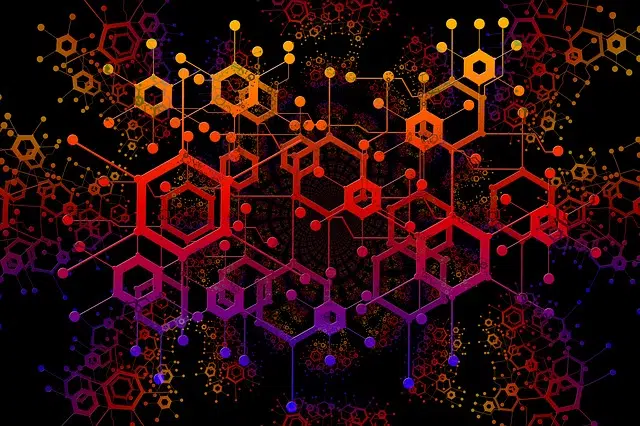
Each element of a holon influences and is influenced
The Hungarian writer Arthur Koestler (1905-1983) coined the term holon in 1967 , when he published his book “The Ghost in the Machine” . The concept, in the field of philosophy , refers to that which is simultaneously a part and a whole .
A two-way flow of information
A holon, therefore, is a component of something larger and, at the same time, is composed of smaller elements . Holons influence larger entities and are influenced by the smaller fractions that make them up.
The existence of holons implies a bidirectional flow of information between structures of different size or magnitude. When the parts do not recognize their subordination to the whole, or when the whole does not admit its dependence on the subsidiary parts, the system stops functioning correctly.
It can be said that everything that exists is a holon . Or, expressed another way, that there is nothing that exists that is not a holon. Reality , in this framework, is made up of holons: wholes that are part of other wholes.
holism
The idea of holon is linked to the notion of holism . This word refers to the doctrine that understands reality as a whole that is different from the aggregation of the parts that make it up. It is a position that is related to both methodology and epistemology and that considers systems of different types, such as biological, physical, economic, social, linguistic and mental.
By methodology we understand a series of rational procedures that are used to achieve an objective; Epistemology belongs to philosophy and focuses on scientific knowledge taking into account its possibility, its foundations, its scope and its nature. The properties of a system, according to holism, must be studied together, rather than observed individually. In other words, we must understand that the system is a holon.
The most important thing is not to deny this mutual dependence between the elements ; As long as we respect this point, we can study the parts separately, without forgetting their influence on the higher ones and vice versa. On the other hand, we should not confuse holism as a doctrine that simply associates the components of a system: the idea of holon goes beyond a team or a group, because instead of highlighting individuality it focuses on synergy (the result of joint action exceeds the capabilities of the parties).
This last piece of information is essential to understand the concept of holon, and can be illustrated with a simple example: that our hand can grasp objects and our brain can process data, does not mean that together they cannot do much more, such as play the piano, paint or cook. Two other concepts that are added at this point are interaction and interdependence , because the parts not only act together but also depend on the other to function.

The results of joint action exceed individual possibilities
for physics
In the field of physics , a holon is a quasiparticle (a recognizable entity in certain systems with interacting particles). Also called charge , this quasiparticle arises when the spin charge is separated from the electron. At a theoretical level, the electron is considered to be the union of the holon and two other quasiparticles called orbiton and spinon .
Electrons experience a mutual repellence that is due to the Pauli exclusion principle , a rule that was defined in 1925 by Wolfgang Ernst Pauli according to which two fermions (electrons are fermions) of identical quantum numbers cannot coexist in a system. . This leads to the obligation to alter their behavior when approached in a crowded environment.
